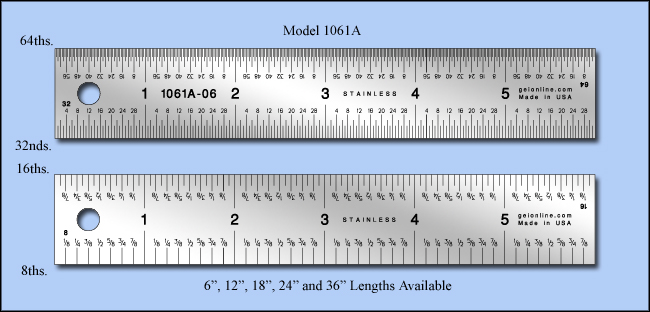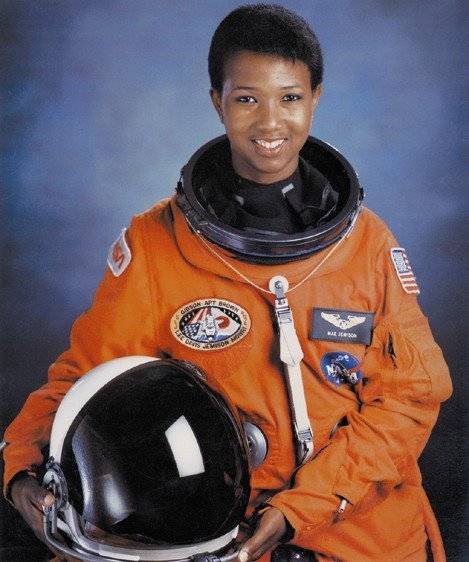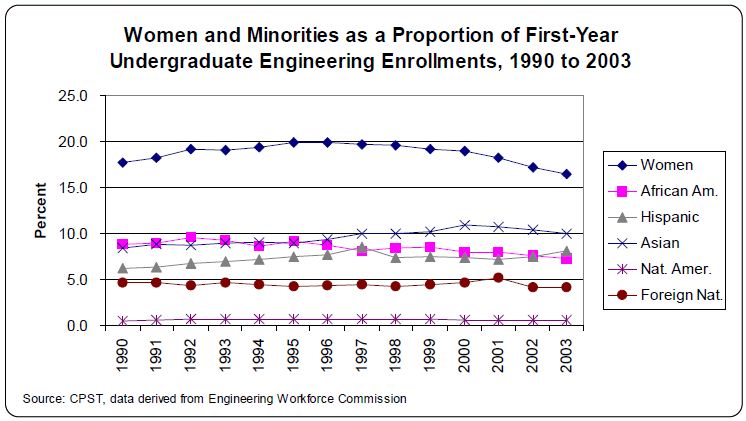Check this out: Playtex—yes, that Playtex; the company famous for its bras and girdles—outcompeted a host of military and space contractors in a bid to design and develop the NASA spacesuit that went to the moon.
Last September, Brian Abrams in Hollywood magazine The Credits introduced us to Nicholas de Monchaux, whose nonfiction work Spacesuit: Fashioning Apollo has been picked up by Hollywood. Playtex’s founder, Abram Nathaniel Spanel, a former TV repairman and self-taught engineer, created a design that was so immeasurably better than all the others submitted that they won the contract.
…without the technology behind that brassiere (or girdle), the moon landing would have been impossible. It turns out that the 21-layers of gossamer-thin fabric in the Apollo spacesuits that kept Armstrong and Aldrin from “the lethal desolation of a lunar vacuum,” as Nicholas de Monchaux puts it in his remarkable book “Spacesuit: Fashioning Apollo,” was created by the same people who made your grandma’s bra. Playtex. And now, Warner Bros. has hired Richard Cordiner to adapt De Monchaux’s book, which is a story so good you almost believe it was scripted by a Hollywood scribe, not part of historical fact.
 Even better, the story showcases how crucial the contribution of the seamstresses was. Our first lunar spacesuits were built by a team of women.
Even better, the story showcases how crucial the contribution of the seamstresses was. Our first lunar spacesuits were built by a team of women.
Yeah, even more important than the material story is the human story, because it was of course made not by men but by women, and the seamstresses who were literally taken off of the bra and girdle line and, instead, asked to create a spacesuit that had to be sewn to within a sixty-fourth of an inch without any pins that might puncture the bladder. So it was kind of a super-human feat of sewing, and on the same regular sewing machines that they used to assemble underwear and undergarments they were sewing 21 layers of fabric together to a sixty-fourth of an inch tall, and, on that seam, the life of the astronauts depended.*
How big is 1/64 of an inch? To illustrate, here is a ruler:
Those little marks on the uppermost level are not even reproduced clearly in this image. That’s how tiny it is. Imagine the effort and dedication it took to make those suits.
History is riddled with heroes, hiding everywhere. Right in plain sight.
I hope the movie is made, and I hope they do right by the story, Spanel, and the dedicated women whose efforts ensured the spacesuits’ success and safety of our astronauts.
______________________
*To clear up any misunderstanding, as the article is a bit confusing in this regard: the 1/64th inch refers to the error tolerance. They didn’t have to make the spacesuits 1/64th of an inch thick. They had to follow the suit design specifications without deviating more than 1/64th of an inch from the pattern. As someone who sews, myself, it’s mind-boggling to me, how they could have managed to achieve such precision, by hand. Seriously impressive!
_______________________
Updates – 12 Apr 2014:
Here is another good article on the subject.
Here is the book’s website. F*ing brilliant! I love this!









